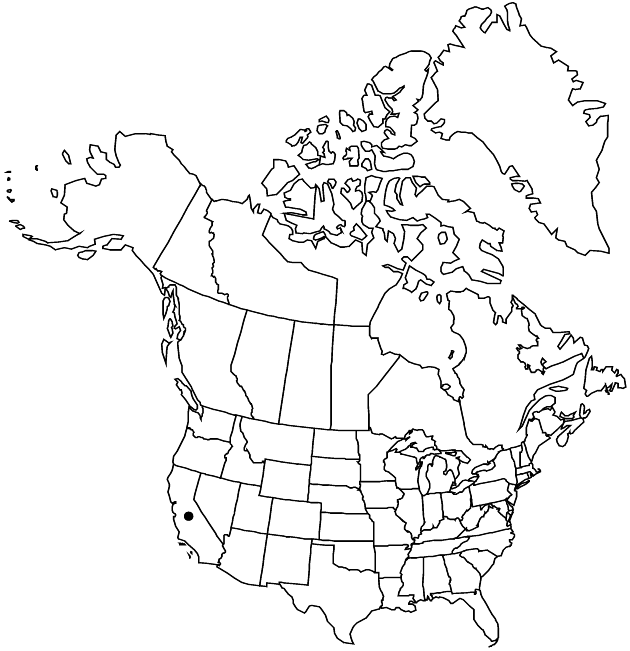Difference between revisions of "Ericameria ericoides"
Fl. W. Calif., 559. 1901.
FNA>Volume Importer |
FNA>Volume Importer |
||
| Line 15: | Line 15: | ||
|name=Haplopappus ericoides | |name=Haplopappus ericoides | ||
|authority=(Lessing) Hooker & Arnott | |authority=(Lessing) Hooker & Arnott | ||
| − | }}{{Treatment/ID/Synonym | + | }} {{Treatment/ID/Synonym |
|name=Haplopappus ericoides subsp. blakei | |name=Haplopappus ericoides subsp. blakei | ||
|authority=C. B. Wolf | |authority=C. B. Wolf | ||
| Line 33: | Line 33: | ||
|elevation=0–500 m | |elevation=0–500 m | ||
|distribution=Calif. | |distribution=Calif. | ||
| − | |discussion=<p>Ericameria ericoides ranges from Los Angeles to Sonoma counties.</p> | + | |discussion=<p><i>Ericameria ericoides</i> ranges from Los Angeles to Sonoma counties.</p> |
|tables= | |tables= | ||
|references= | |references= | ||
| Line 57: | Line 57: | ||
|publication year=1901 | |publication year=1901 | ||
|special status= | |special status= | ||
| − | |source xml=https://jpend@bitbucket.org/aafc-mbb/fna-data-curation.git/src/ | + | |source xml=https://jpend@bitbucket.org/aafc-mbb/fna-data-curation.git/src/8f726806613d60c220dc4493de13607dd3150896/coarse_grained_fna_xml/V19-20-21/V20_91.xml |
|tribe=Asteraceae tribe Astereae | |tribe=Asteraceae tribe Astereae | ||
|genus=Ericameria | |genus=Ericameria | ||
Revision as of 16:27, 18 September 2019
Plants 30–150 cm. Stems ascending to erect, green when young, fastigiately branched, glabrous or sparsely hairy, resinous. Leaves ascending to spreading; blades filiform (terete or adaxially sulcate), 3–18(–23) × 0.3–1 mm, midnerves obscure, apices acute, often mucronate, faces glabrous or hairy, gland-dotted (in circular, deep pits), resinous; axillary fascicles of 2–12 leaves, shorter than subtending leaves. Heads in cymiform to paniculiform arrays (2–9 cm wide). Peduncles 1–30 mm (bracts 4+, leaflike). Involucres subcampanulate, 5–8 × 2.5–4.5 mm. Phyllaries 16–24 in 3–5 series, mostly tan, ovate to elliptic, 2.5–7 × 0.6–1.5 mm, unequal, outer ± herbaceous or herbaceous-appendaged, mid and inner mostly chartaceous, midnerves raised, subapical resin ducts darker, ± thickened, expanded apically, (margins ciliate) apices erect, acute to acuminate or mucronate to cuspidate, abaxial faces glabrous or sparsely hairy. Ray florets 2–6; laminae 4–6 × 1–2 mm. Disc florets 5–14; corollas 5.5–8 mm. Cypselae tan to brown, subcylindric, 2.5–4 mm (ribs 8–10), glabrous or hairy, more densely distally; pappi off-white to brown, 5–7 mm. 2n = 18.
Phenology: Flowering late summer–fall, occasionally in spring.
Habitat: Sand dunes or sand hills along and near coast
Elevation: 0–500 m
Discussion
Ericameria ericoides ranges from Los Angeles to Sonoma counties.
Selected References
None.

